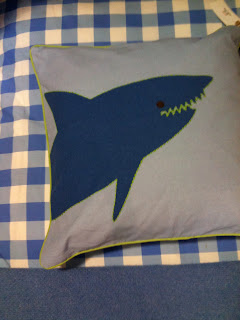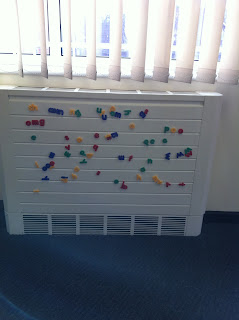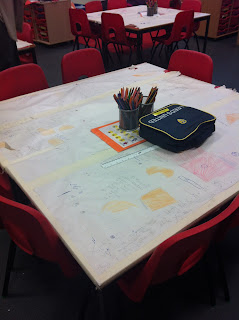Building an entire Topic around each individual child is an interesting idea to play with.
Art:
lots of opportunities here - self-portraiture, full length portraiture, paintings/drawings of favourite things, belongings, pets, treasured objects
Geography:
My Map... local area, places of interest, places visited. This could be interactive. It could be geo-tagged. It could include photographs, audio files.
My World... places I've been on holiday, or places that relatives come from, places I'd like to visit (and why), places of interest, places in the news.... places to find out about, research about...
Literacy:
Diaries, biography, recounts (recollections, memories), interviews, play scripts... dramatise key moments in your life.
Numeracy:
databases, draw around yourself... calculate your...
ICT:
make a video diary, make a film, spreadsheets of facts about you, databases
Science:
The Human Body, food diary, speed/fitness tests, fitness tests repeated over time... if I practice as something, can I measure my improvement?
PE:
Personal Bests, Personal Best Efforts, databases, spreadsheets
History:
Personal histories, family histories...
Who Do You Think You Are? histories
PHSCE:
Health and well being, emotional well being




















































